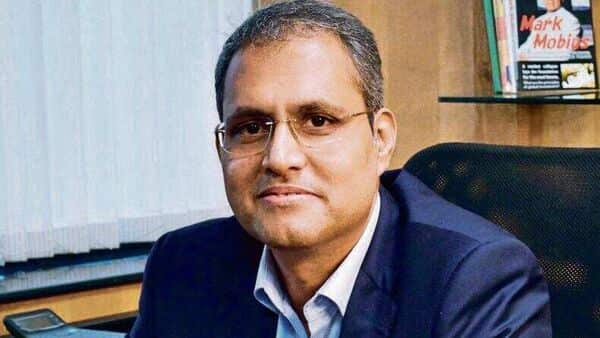For nationalized banks, wealth management has not traditionally been in focus. Following the trail blazed by the State Bank of India (SBI), India’s second-largest government-owned lender Bank of Baroda (BoB) is making a major foray into wealth management.
Over the past year, Virendra Somwanshi, an ex Citi and ex -Motilal Oswal private banker, has been working with McKinsey as a consulting partner to lay out the blueprint for ‘Baroda Radiance’, the bank’s premium banking offering. This product seeks to leverage the bank’s large captive client base and wide distribution. The bank has already onboarded 300 relationship managers as lateral hires from the banking industry.
Initially, BoB had outsourced its wealth management to Fisdom, a fintech company, but is now keen to build an in-house wealth management business with an ‘in-house fintech’ division.
BoB has 15 crore accounts out of which approximately 8.5 crore are Jan Dhan accounts. From this universe, Somwanshi regards customers with total relationship value (TRV) above ₹30 lakh as his target user base – which works out to around 250,000 customers – for whom the Bank has designed an enhanced value proposition. The bank’s wealth management offering has investments assets under management of ₹28,000 crore and is expecting to reach around ₹1,000 crore in life insurance premium in this financial year. Somwanshi hopes to exponentially grow this customer base.
Of these 250,000 accounts, roughly 50% are based in India’s top 30 cities. For customers located outside the top 30 cities, BoB has set up a virtual relationship management centre – staffed with virtual RMs that will service the wealth management and banking requirements of its affluent customers in a completely digital manner.
BoB has traditionally had a higher concentration in Gujarat, Uttar Pradesh, and Rajasthan, but with the merger of Dena and Vijaya Bank with itself, it now also has a higher presence in the South. To cater to non-resident Indians (NRIs), Somwanshi has a team of relationship managers including the virtual RMs as well. “We offer NRI customers free airport pick-up service when they return to India. It is a small gesture, but it shows that we care. We are also looking at providing NRIs products in GIFT City IFSC where there are certain tax benefits,” Somwanshi added. BoB’s mobile banking platform, called ‘bob World’ will shortly reach the two-crore customer mark, and this will also help grow the wealth management business virtually.
BoB is in the initial stages but if it succeeds, Somwanshi’s initiatives in wealth management can set up a model for other PSUs to follow.
Yet, there is a risk. Traditionally, nationalized banks have a larger presence in small towns where financial sophistication and financial literacy levels are lower. There is the risk of relationship managers mis-selling financial products, particularly insurance to financially vulnerable people.
Somwanshi says there are robust internal checks and balances to stop this such as an investment counsellor accompanying an RM for any portfolio management service (PMS) discussion, certification, and profiling of customers. However, the bank will have to keep a watchful eye on this experiment.
Subscribe to Mint Newsletters * Enter a valid email * Thank you for subscribing to our newsletter.
Never miss a story! Stay connected and informed with Mint.
Download
our App Now!!
.




